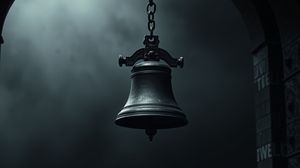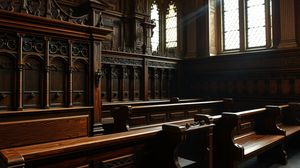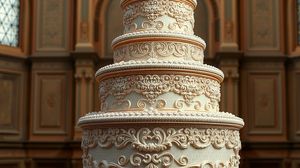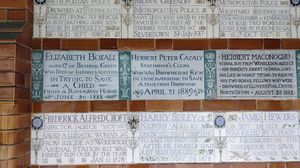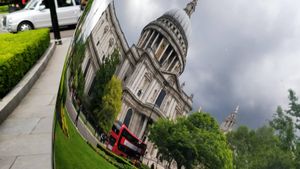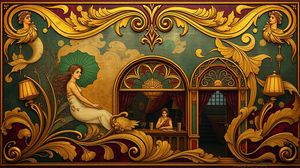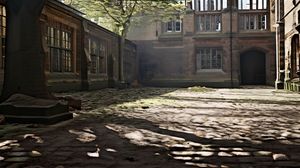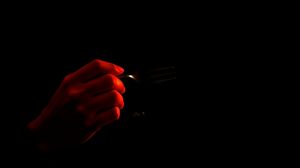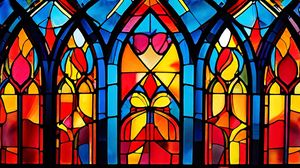
St. Sepulchre-without-Newgate, often known simply as St. Sepulchre's, is a historic church located in the City of London. It is the largest parish church in the City and has a rich history dating back to its original construction in the 12th century. The church survived the Great Fire of London in 1666 and was partly rebuilt in the late 15th century, but it retains much of its medieval character.
The church is famously associated with public executions, as it stands near the now-demolished Newgate Prison. Condemned prisoners would spend their last night within the walls of the church, receiving spiritual comfort from the bell of St. Sepulchre's, which rang the ‘Execution Bell'. This bell was the last sound prisoners would hear before meeting their fate at the nearby Tyburn gallows.
This church is notable for its connection to Captain John Smith, a key figure in the establishment of Jamestown, the first permanent English settlement in America. Before joining the Virginia Company, Smith was a parishioner here, and a stained-glass window commemorating his adventures can be found inside the church.
Music enthusiasts might find it interesting that this church was where Captain Edward F. Rimbault, an avid musicologist and organist here in the 19th century, brought to light much of the music by early English composers, preserving a vital part of England's musical heritage.
The interior of St. Sepulchre-without-Newgate boasts impressive architecture, including an ornate wooden screen designed by the famous architect Sir Christopher Wren. The hammerbeam roof and richly carved woodwork are fine examples of the craftsmanship of the English Baroque period.
Visitors to the church can also find the tomb of the well-known and controversial preacher, John Rogers, one of the early English Protestant martyrs burned at the stake. His legacy is shrouded with both reverence and debate, providing a fascinating glimpse into the religious conflicts of England's past.

Making the Most of Your Visit:
Spend some quiet time in the churchyard. It's a peaceful retreat that many visitors overlook, but in doing so, they miss out on a unique piece of London serenity in the heart of the city.
Look out for the stained-glass window commemorating Captain John Smith. It's a vivid piece of art that not only tells the story of this adventurous figure but also reflects the broader historical ties between England and America.
If you're a music enthusiast, remember that St. Sepulchre's is sometimes referred to as the National Musicians' Church. Keep an eye out for concerts or recitals that bring the historic organ and acoustics to life.
Pay close attention to the architecture inside, especially the wooden screen designed by Sir Christopher Wren. It's easy to walk past, but take a moment to appreciate the detail and craftsmanship of the English Baroque style.
Explore the church's link to the poignant past, particularly its use of the 'Execution Bell'. Imagining the history and stories around this bell creates a powerful connection to the past.

Visiting Times & Costs:
St. Sepulchre-without-Newgate is generally open to the public, although specific visiting hours can vary. It is wise to check ahead for the most current visiting times, as access may be limited during services or events.
There is no entrance fee to visit St. Sepulchre's, ensuring that everyone can explore this historic church without cost. However, donations are welcome to aid in the preservation of the church and its activities.
Accessibility is a key consideration, and while efforts are made to accommodate all visitors, parts of the church might present challenges for those with mobility issues due to its historic architecture. Visitors are encouraged to reach out beforehand to discuss any specific accessibility needs.
Please note, special tours or events, such as concerts, might have associated fees or charge for tickets, so it's important to confirm any costs when planning a visit.

Address & Map:

Nearby:
